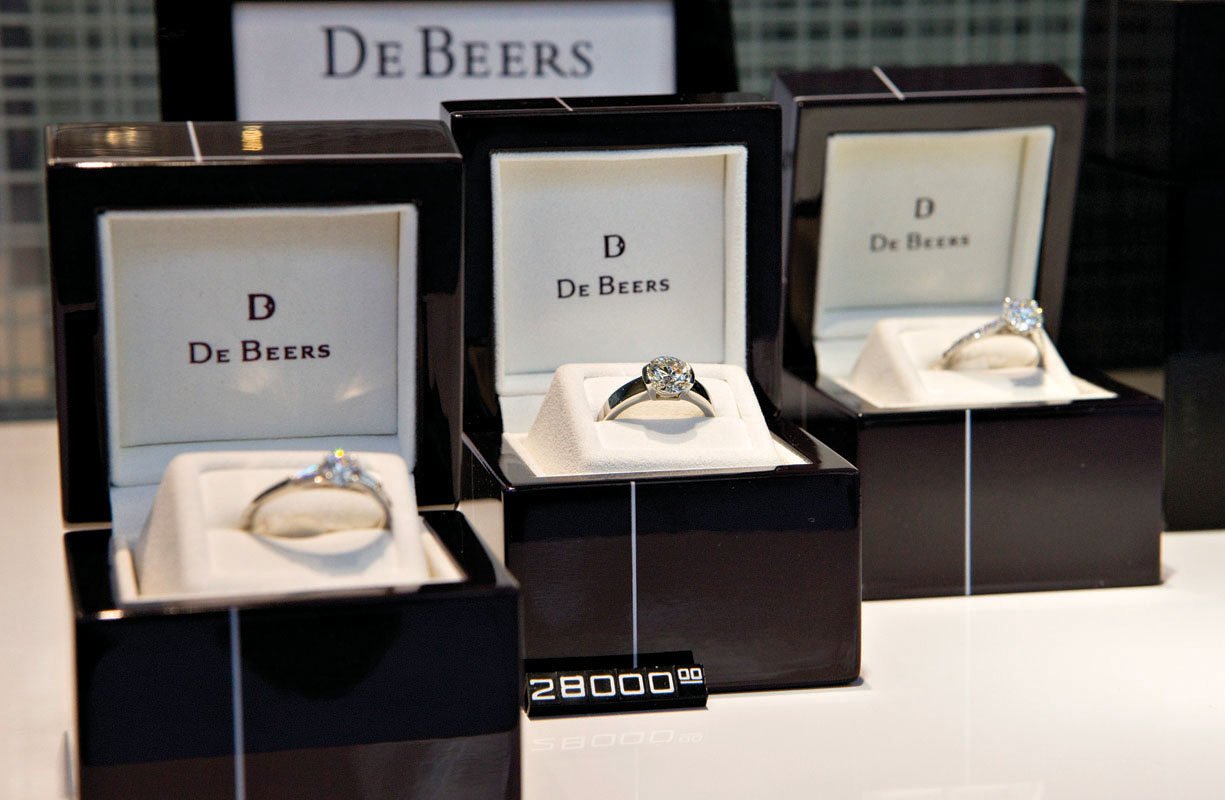Newly Emerging Markets: A Diamond Monopolist’s Best Friend
When Cecil Rhodes created the De Beers monopoly in 1888, it was a particularly opportune moment. The new diamond mines in South Africa dwarfed all previous sources, so almost all of the world’s diamond production was concentrated in a few square miles.
For almost a century, De Beers was able to extend its control of resources even as new mines opened. De Beers either bought out new producers or entered into agreements with local governments that controlled some of the new mines, effectively making them part of the De Beers monopoly. The most remarkable of these was an agreement with the former Soviet Union, which ensured that Russian diamonds would be marketed through De Beers, preserving its ability to control retail prices. De Beers also went so far as to stockpile a year’s supply of diamonds in its London vaults so that when demand dropped, newly mined stones would be stored rather than sold, restricting retail supply until demand and prices recovered.

However, the De Beers monopoly has been under assault. Until the 1980s, De Beers accounted for 90% of all rough diamond sales. Today, that share has dropped to about 40%, courtesy of dramatic changes in the industry.
Government regulators have forced De Beers to loosen its control of the market. For the first time, De Beers has competition: a number of independent companies have begun mining for diamonds in other African countries, including Alrosa, a Russian-
Not really. Although today’s De Beers is more of a “near-
Although the economic crisis of 2009 put a serious dent in worldwide demand for diamonds, forcing De Beers to cut production by 20% (compared to 2008), affluent Chinese continue to be heavy buyers of diamonds. In fact, in 2011, China surpassed Japan to become the biggest diamond-
In the end, although a diamond monopoly may not be forever, a near-
Questions for Thought
Question
1. What will happen to the demand for De Beers’s diamonds when consumers start seeing high-
Question
2. Using the concept of monopoly profits, explain what would happen if demand for De Beers’s diamonds decreases. Also explain what would happen to the market price and market quantity of De Beers’s diamonds.
Question
3. What effect will the market entry of other diamond-
Question
4. Given that the depletion of existing diamond mines will make it more costly to produce (mine) diamonds, draw a graph to illustrate the effects of this development on De Beers’s prices and quantities. Explain your findings.